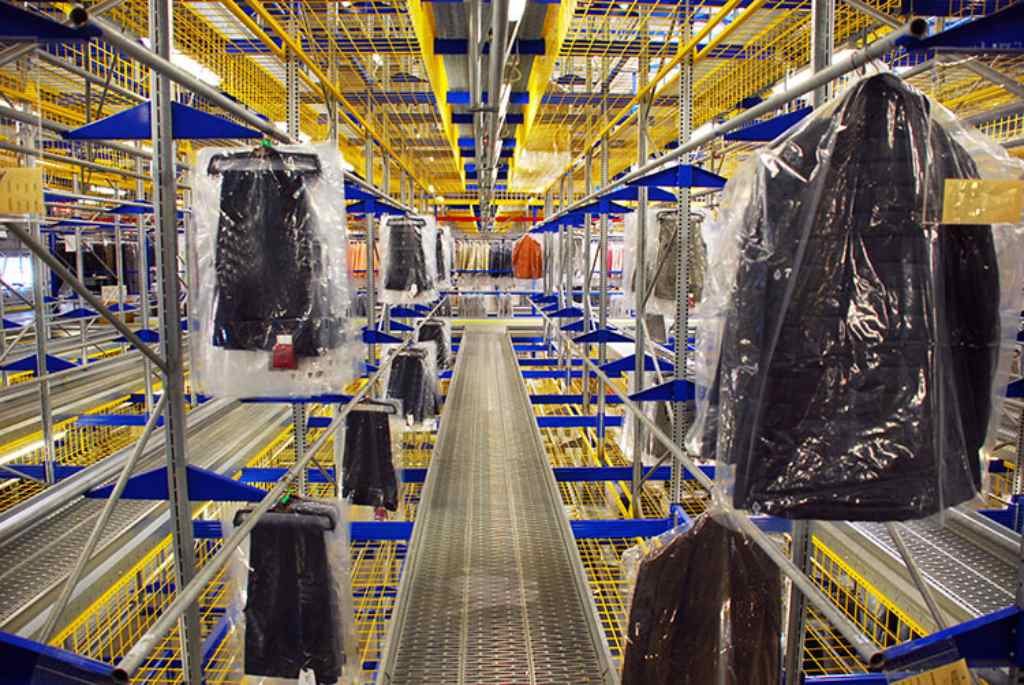
IESE Insight
The perils of more flexible supply chains
Received wisdom tells operations managers that supply chains should be flexible and responsive above all. But does this make dual sourcing better than forging a single sourcing relationship?
For clothing, electronics and other products with short lifecycles, managers aim to minimize the time spent at the point of sale. Fast fashion churns out new collections to keep consumers buying, and electronics makers innovate constantly for the same reason. Quick turnover is the goal. Sold-out products are generally not reissued, but replaced with the next new thing.
As with all rules of thumb, there are exceptions. When a particular product is expected to be a runaway success, retailers may wish to order more. So, how should they do it? Restock from their original supplier — who often guaranteed them a good price but may require a long lead time? Or, go for a faster, more local, but perhaps also more expensive, alternative supplier?
Professors Eduard Calvo and Víctor Martínez de Albéniz of IESE challenge the received wisdom that firms should aim for as much responsiveness and flexibility as possible, and develop a model that breaks the decision down according to specific factors. Key questions include: Are prices set in advance or in the moment? Do suppliers know their role in the business model? How does that knowledge change the rules of engagement?
With their model, the authors find that working with a single supplier may lead to better results for both planned and urgent orders, as long as prices are decided up front.
Quick response
Firms like H&M work with a single supplier, and if they urgently need to restock an item, they ask for a quick turnaround. For instance, if jean skirts keep selling out before their season is over, reorders will cost more. Meanwhile, retail rivals like Zara and Bershka, part of the Inditex group, will place their initial orders with a cheaper, long-lead-time supplier. And when "reprise" orders are placed, Zara or Bershka generally look beyond the initial supplier for faster, closer and pricier options. These two ways of doing business are known as single and dual sourcing, respectively.
Dual sourcing is clearly the more responsive, and therefore flexible, option. But how do suppliers react when they know they are part of a dual supply chain?
"Fast fashion" presents a perfect case study for the single- and dual-supply-chain dilemma. Prices are set when products are in the design stage and often only reduced for end-of-season sales. The window of time to sell the product is short, and the number of customers who wish to buy any given design is unknown. Forecasting is used to decide order sizes, and forecasts become more reliable over time, right up into the selling season.
The dilemma is that supplier prices are lower when lead times are longer. Indeed, forecast quality is lower, quantity orders are less accurate so suppliers need to offer cheaper prices to remain competitive. On the other hand, when lead times are shorter, more accurate forecasts come with more expensive supplier prices.
Price warfare
The stage at which prices are set is key to the success of dual sourcing.
- With up-front price commitment, companies agree to a price at the beginning of the process and honor it throughout. H&M, for example, enters into price commitments with their suppliers that often span many years.
- With delayed price commitment, there are no guarantees, and prices are chosen opportunistically based on up-to-date supply and demand information.
It is to be expected that when buyers do not form a long-term commitment with their suppliers, prices will be less predictable, and may well be higher. But how does this affect single- or dual-sourcing strategies?
"When prices are set up front," the co-authors assert, "we find that dual sourcing [makes] suppliers end up pricing higher... than in single sourcing." The reason can be found in faster suppliers' strategies. They explain: "Indeed, the fast supplier may price high and still receive orders while, under single sourcing, it would have been excluded completely."
As a result, the faster supplier raises its prices, which tend to have a knock-on effect to raise slower suppliers' prices, too. In sum, the net advantage to dual sourcing goes to the suppliers.
But note that the same is not true of delayed price commitment. In this situation, companies are wise to aim for dual-sourcing strategies, as early purchases through the slow channel may "force the fast supplier to reduce prices in order to sell." Meanwhile, committing to single sourcing, but not to prices, may leave the single supplier with a powerful monopoly when it comes to urgent top-up orders.
In the end, much of the choice comes down to the kind of relationship a buyer wishes to foment with their suppliers. When a company is known to use single sourcing, there is more competition between suppliers to get the business, which can lower prices and lead to a long and stable partnership. Off-the-cuff pricing and purchasing will have the opposite effect.
Flying in the face of conventional logic, that responsiveness is the main aim of a supply chain, the authors suggest that single sourcing — and the implied volume of manufacturing up for grabs — may well lead to better prices for both planned and urgent orders — so long as those prices are agreed in advance.
Methodology, very briefly
The co-authors present a simple game-theoretical model of a buyer and two suppliers and compare the outcomes of dual or single sourcing policies. They run four different scenarios (single sourcing with up-front and delayed commitment, and dual sourcing with the same) through their model, taking into account forecasting accuracy and pricing dynamics.
Martínez de Albéniz's research was supported in part by the European Research Council [ref. ERC-2011-StG 283300-REACTOPS] and by the Spanish Ministry of Economics and Competitiveness [ref. ECO2011-29536].
